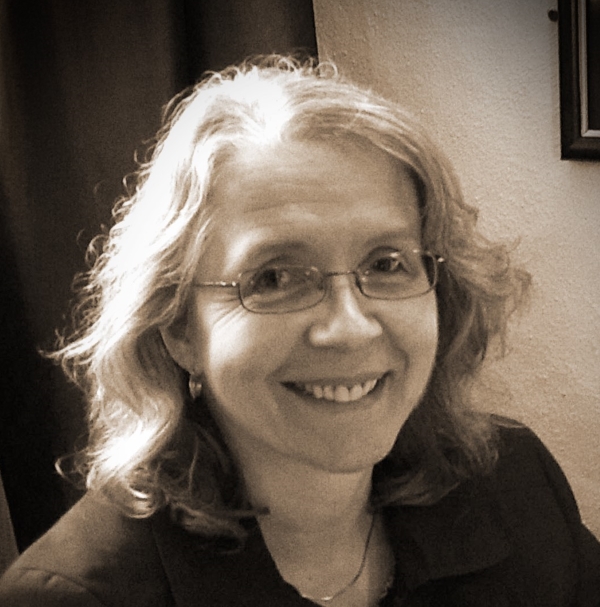The Royal Society’s Herschel collection is growing! Keith Moore describes how a new acquisition provides insights into the wider Herschel family and their scientific endeavours.
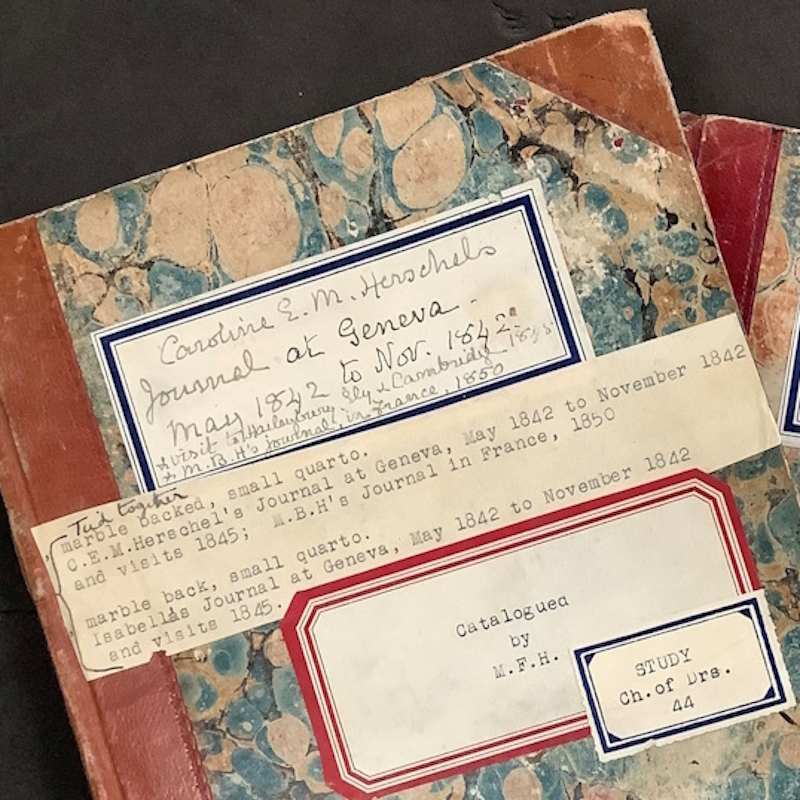
The digitisation of Sir John Frederick William Herschel’s letters has been a huge (I was going to say astronomical) undertaking, and this is only one of several resources planned in a rolling programme of online releases over the next few years. But we need to talk about the best laid plans…
As if over 10,900 Herschel letters wasn’t enough, in late 2023 the Royal Society had the opportunity of acquiring yet more material. A group of Herschel family papers became available at auction, and well, how could we resist? With the aid of the Friends of the National Libraries, the material was secured and now the Society has around 2,000 additional letters to play with. Of course, before we do anything else with them, they need to be organised and catalogued and that’s what I’m doing now. At around 650 letters into the collection, I can begin to write a little about what’s there, and how it complements the existing Herschel archive.
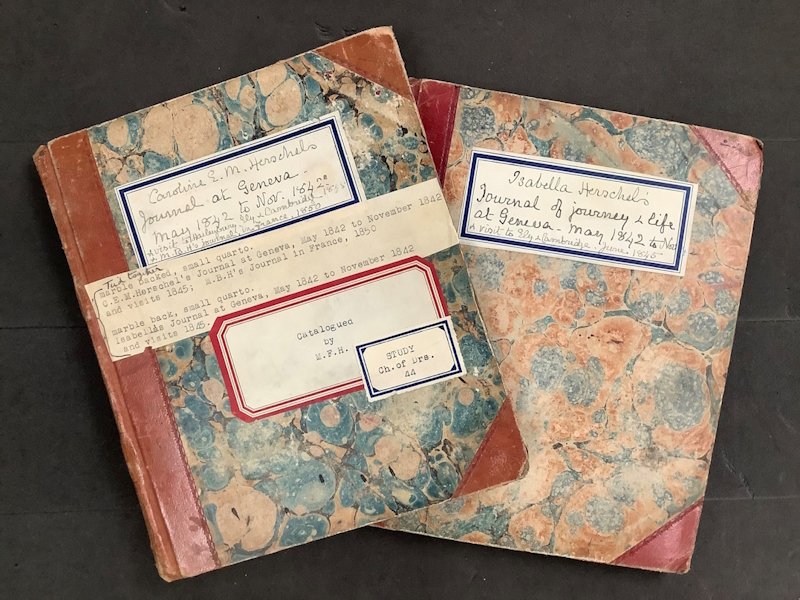 Travel journals of Isabella and Caroline Emilia Mary Herschel, 1842
Travel journals of Isabella and Caroline Emilia Mary Herschel, 1842
The new material is centred on the third generation: the grandchildren of William Herschel FRS (1738-1822) and the children of Sir John and Lady Margaret Herschel. In true Victorian style, the couple were prolific, producing twelve children between 1830 and 1855, two of whom (John and Alexander) went on to become Fellows of the Royal Society. The senior brother, William James, succeeded to the baronetcy, and was a judge in India where he pioneered hand- and finger-printing as tools for identification. The Herschel daughters were equally talented, with fewer opportunities; for example the youngest, Constance Anne, would become a lecturer in science at Girton College in Cambridge (and would have many children to deal with as well).
Much of the correspondence I’ve recorded so far revolves around William James Herschel (1833-1917) and his brother John. Both were schooled for careers in India, and their writings of the 1850s and 1860s are fascinating from the perspective of Empire studies. Lieutenant (later Colonel) John Herschel FRS (1837-1921) was a Royal Engineers officer employed on the Great Trigonometrical Survey of India. Many of his letters to the family home, Collingwood in Kent, originated in the field. ‘Tent life’ meant months of moving from location to location on a gruelling schedule of daily instrument observations and mapping, all of which would have to be reduced in a grind of mathematics and (eventually) published reporting. Heat, discomfort, isolation, and sheer tedium shine through his letters, alongside the constant fear of damaging survey equipment and losing the opportunity for a season’s worth of time and data.
John did contribute to the family business of astronomy while in India. The Royal Society entrusted him with a spectroscope to observe the total solar eclipse of 1868 and the resulting letters to both his father in England, and to his wife Mary Cornwallis Herschel (née Lipscombe), record his solar work, sometimes featuring illustrative sketches of prominences, sunspots, and their spectral lines. This eclipse event led to the spectroscopic discovery of the element helium, by Norman Lockyer FRS (1836-1920) and Pierre Janssen ForMemRS (1824-1907), but John Herschel missed it – he expected to see hydrogen and nothing else.
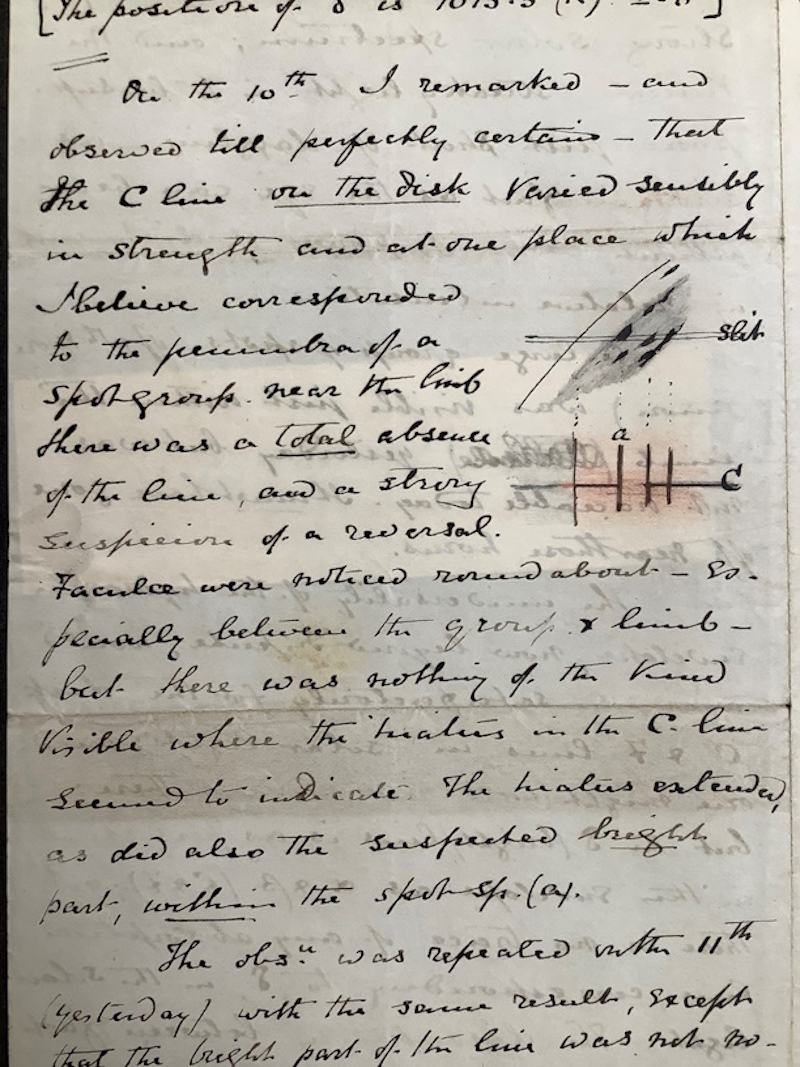 Letter of John Herschel, with sketches of solar spectroscope lines, August 1868
Letter of John Herschel, with sketches of solar spectroscope lines, August 1868
John Herschel’s entry to the North-Western Provinces was smoothed by advice from his brother William, already in post as an assistant magistrate; William had in turn been watched over by his uncle, the physician Duncan Stewart of Calcutta (Kolkata), upon his arrival in India in 1853. All would write back to Margaret Brodie Herschel (née Stewart, 1810-1884) and their wider family, in a complex web of correspondence stretching over decades. This means that the newly-acquired material contains writings by Margaret, her daughters, and her daughters-in-law, something not well-represented in the Society’s existing Herschel archive. It’s a missing piece of the family puzzle which should keep scholars occupied for some time, and I’ll be cataloguing those letters next.
William Herschel’s home communications are a record of his legal work, initially studying multiple languages (Hindi, Bengali and Arabic) in Calcutta before being placed as an Assistant Magistrate and Collector to begin his training in Indian law. In addition to the interchange of letters, there was also a two-way traffic of things: William needed neckties; the family wanted Indian curiosities, which William promptly shot and stuffed. Photographs of all kinds were swapped, including daguerreotypes, stereoscopes, and collodion prints. Portraits and landscapes were a means of keeping in touch with family members and home, when it might be years before each would meet again in person or visit England. Images of India were seen as novel and exotic.
But for Herschel children, scions of a photographic pioneer, well-produced photographs were essential, and William’s letters are full of questions and appeals for equipment. There is plenty of evidence of activity – but photographic enclosures must have been separated from the letters. It was wonderful, therefore, to open one 1855 letter and have a portrait of William fall out, together with his description of it: ‘I’ve got such a picture of myself & my crop of hair, it will astonish … Apollo never had such a head of curls…’.
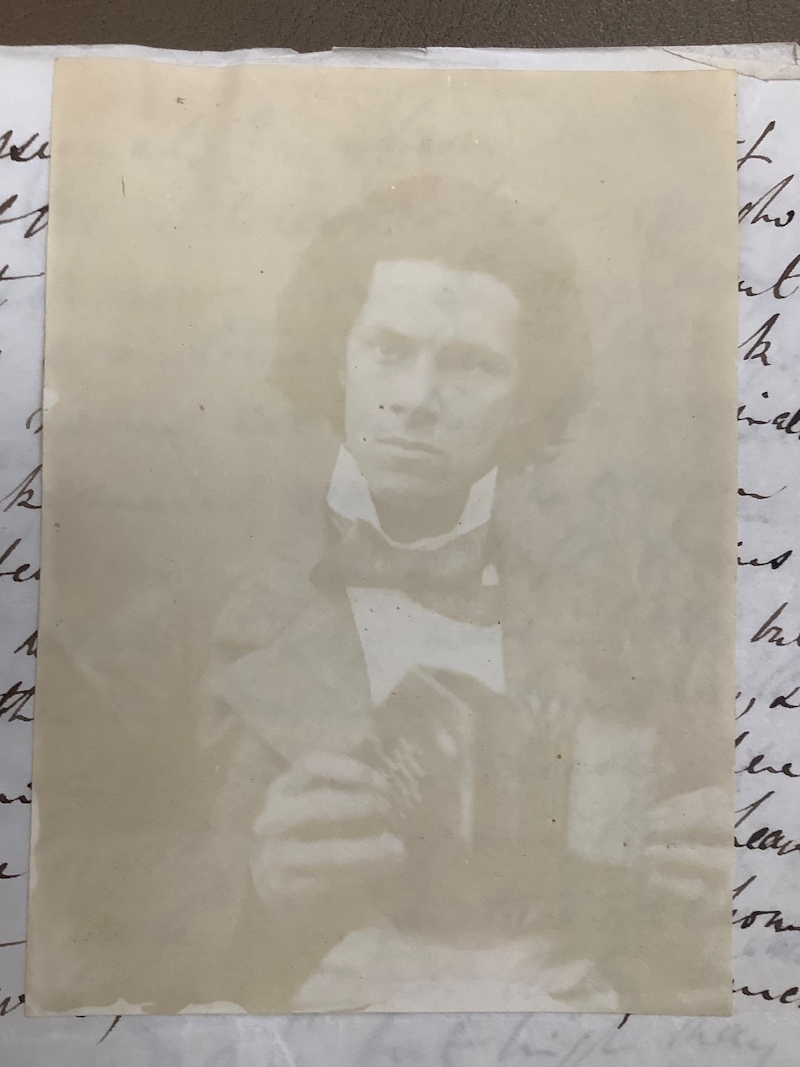 Self-portrait of William James Herschel, salted paper print, c.1855
Self-portrait of William James Herschel, salted paper print, c.1855
Letters from Imperial India may seem a long way off and lifetimes away, but I was amused to read over the Herschel boys’ preparatory schooling at Pritchard’s school at Clapham, just a short train ride for me. Charles Pritchard FRS (1808-1893) was an astronomer-clergyman and ran a scientifically-minded establishment. During the Herschels’ time there, one Gideon Mantell FRS (1790-1852) was the local attending doctor. The younger John Herschel progressed to the East India Company’s Addiscombe College in Surrey, the remains of which are two minutes’ walk from my home. History, imperial or otherwise, is always just around the corner. Once catalogued, I’m hoping that the Herschel Family papers will join the larger Herschel archive as a digital resource; and so be just around the corner for the rest of the world too.



